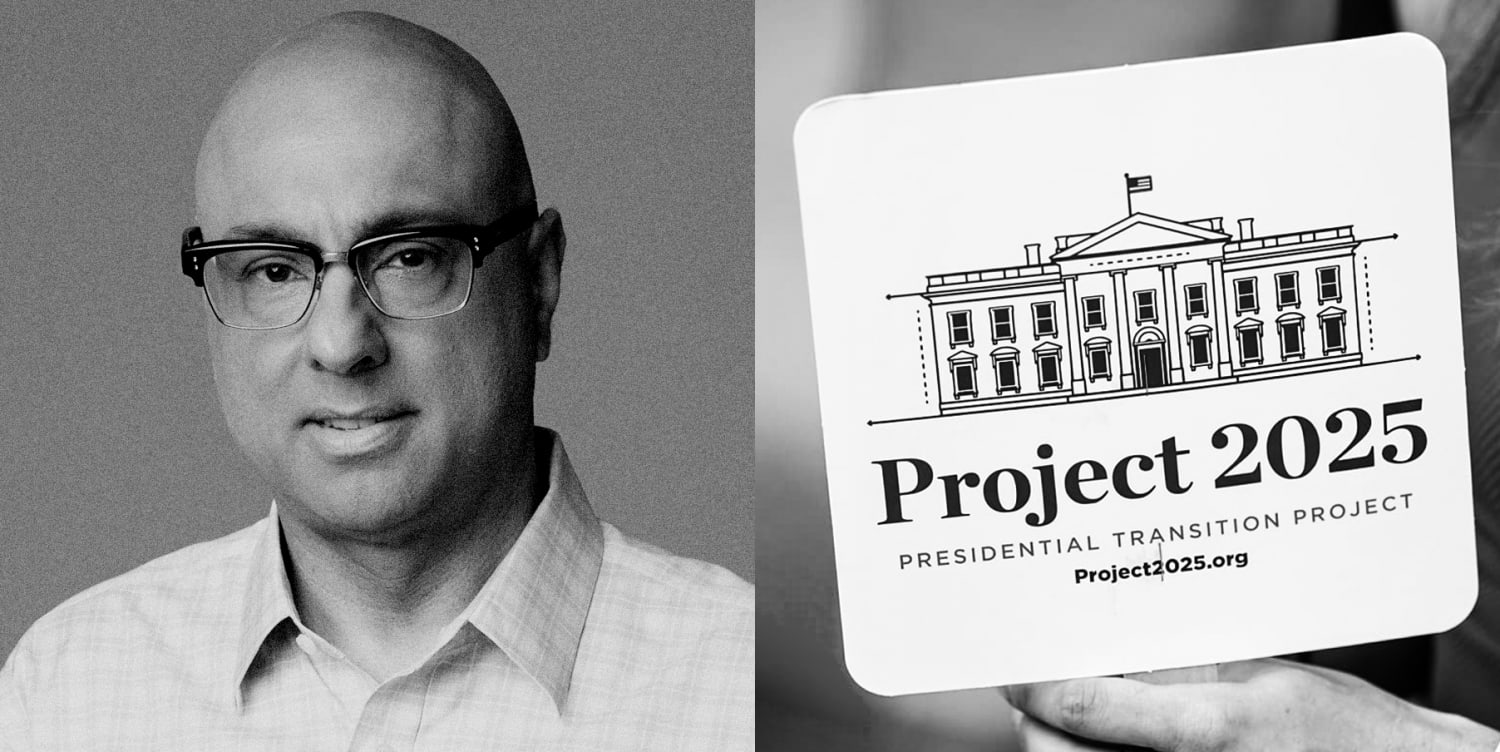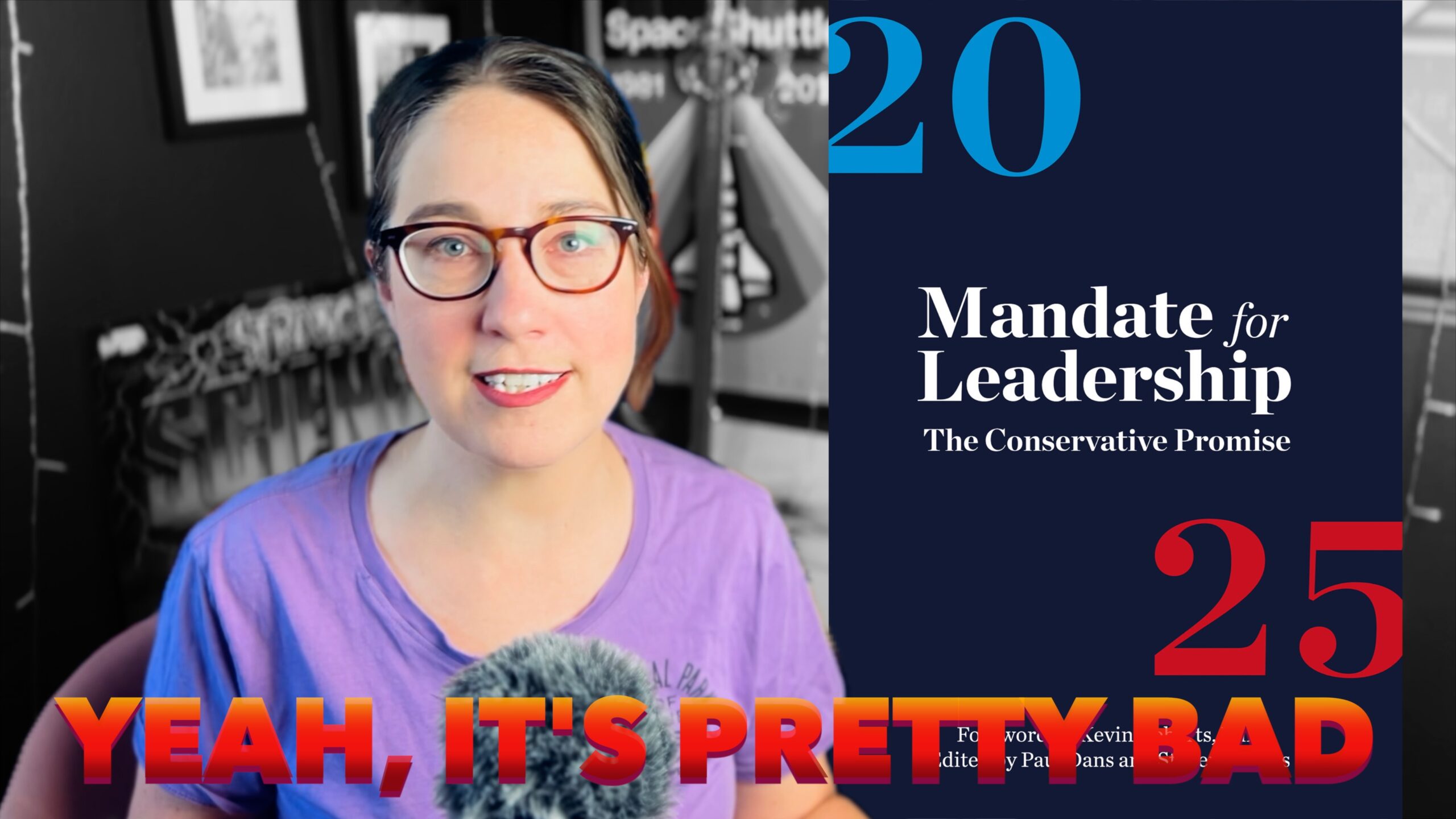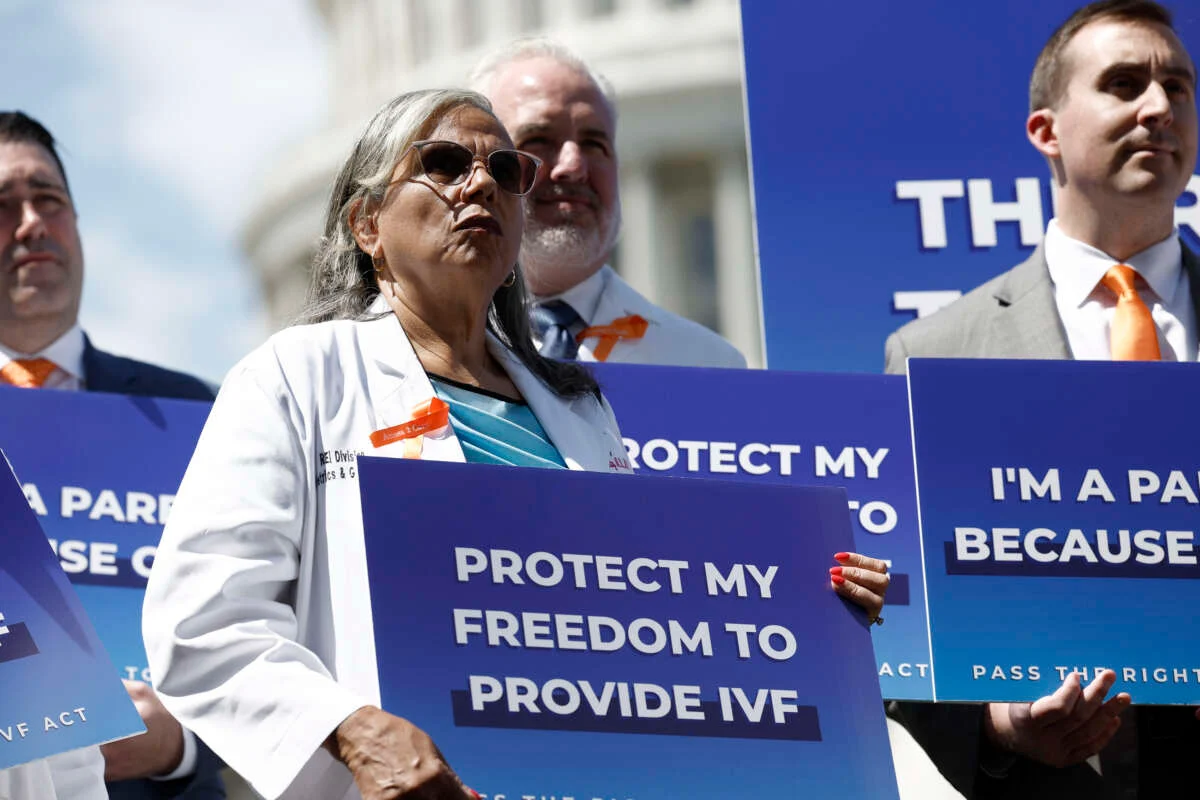Originally by at MSNBC
Abortion is mentioned 199 times throughout Project 2025 — the Heritage Foundation’s ambitious 920-page blueprint for a possible second Donald Trump administration:
The forward reads in part:
“The Dobbs decision is just the beginning. Conservatives in the states and in Washington, including in the next conservative Administration, should push as hard as possible to protect the unborn in every jurisdiction in America.”
Along with suggesting that the Department of Health and Human Services should instead be known as “the Department of Life,” the recommendations in Project 2025 target every aspect of reproductive health care.
The recommendations in Project 2025 target every aspect of reproductive health care.
When it comes to medication abortion, the mandate states, “Abortion pills pose the single greatest threat to unborn children in a post-Roe world. … [The] FDA should therefore: Reverse its approval of chemical abortion drugs because the politicized approval process was illegal from the start.”
But it’s not just medication abortion that they’re going after. Project 2025 also aims to eliminate both the morning-after pill — which is emergency birth control — and men’s contraceptives, from Affordable Care Act coverage.
On page 458, the mandate also suggests cracking down on what the document refers to as “mail order abortion,” which would entail using the Comstock Act, a law from the 19th century, to prosecute people who send abortion pills — or potentially anything affiliated with abortion, like other medical supplies — by mail.
On Page 455, Project 2025 lays out a plan to curb what it calls “abortion tourism,” or instances in which women must travel to other states to seek medical care that is banned in their home state. It recommends the CDC implement mandatory data collection for all abortions nationwide — literally tracking and surveilling women who choose to get abortions. The plan also threatens to cut funding to any state that resists such surveillance.
The mandate also spells out the specifics around emergency intervention, stating that emergency rooms have a legal obligation to protect the life of the fetus: “EMTALA — or the Emergency Medical Treatment and Active Labor Act — requires no abortions, preempts no pro-life state laws, and explicitly requires stabilization of the unborn child.” In other words, Project 2025 says that in an emergency, when an abortion would save the life of the pregnant person, medical personnel are not required to perform that life-saving abortion.
Now, I want to be clear about this: You may see claims that Project 2025 is taking a more moderate stance on abortion. You may hear that Project 2025 doesn’t call for a national abortion ban, or that it calls for differentiation between miscarriage, ectopic pregnancies, and elective abortion. But do not be fooled.
Project 2025’s section on the HSS reads, in part, “The Secretary should pursue a robust agenda to protect the fundamental right to life. … From the moment of conception, every human being possesses inherent dignity and worth. … Abortion and euthanasia are not health care.”
Now, I want to be clear about this: You may see claims that Project 2025 is taking a more moderate stance on abortion. But do not be fooled.
Littered throughout the 900-page Project 2025 mandate is the repeated declaration that life begins at conception — an idea also known as fetal personhood. Fetal personhood insists that, from the moment of conception, a fertilized egg is a person, endowed with the same rights as you and I.
That claim strikes at the heart of everything I’ve listed above.
Laws that establish fetal personhood, laws that mandate doctors to treat fetuses even when the pregnant person’s life is at risk — in practice, those laws are abortion bans. Full stop. Any policy that declares “life begins at conception” is an abortion ban for all intents and purposes and will result, in practice, in miscarriage patients being denied care that is needed to save their lives.
That is not a guess. That is a fact. We are living in a post-Roe country now and we’ve seen it happen over and over again.
Right now, abortion is banned in 21 states, with total bans in place in 14. Depending on where you live, there are varying exceptions — Texas, Oklahoma, Arkansas and Mississippi, for instance, claim to allow exceptions to their abortion bans to save the life of the mother but not to save the health of the mother.
That puts doctors in impossible positions — legally unable to perform an abortion, a necessary medical procedure, and forced to watch patients become sicker and sicker until they reach death’s door before they can move forward. Women who are miscarrying very often need abortions to save their lives, health and future fertility.
Women who are miscarrying very often need abortions to save their lives, health and future fertility.
Take the case of Amanda Zurawski in Texas. During her planned and wanted pregnancy, Amanda developed a condition that meant her fetus wasn’t going to survive. The standard medical procedure for her condition was to terminate the pregnancy by performing a dilation and curettage — commonly referred to as a D&C. Also known as an abortion.
Without an abortion, Amanda was at risk of developing a serious, potentially fatal infection. But her doctors said they couldn’t perform the procedure under Texas law because her nonviable fetus still had a heartbeat.
She was told she wasn’t sick enough and she would have to wait. Days later, Amanda developed the infection she was warned she might get. She went into septic shock. Once her doctors finally performed the abortion, Amanda’s uterus and fallopian tubes were severely scarred. One of her fallopian tubes is now permanently blocked.
Amanda sued the state of Texas in a lawsuit that eventually grew to include 20 women, many of whom experienced life or health-threatening complications due to the state’s abortion ban. Earlier this summer, the Texas Supreme Court ruled against Amanda and the other women.
That’s the reality of extreme abortion bans. That’s the reality of living under governments that push fetal personhood. And that’s the plan under Project 2025.
Read the Original Story





